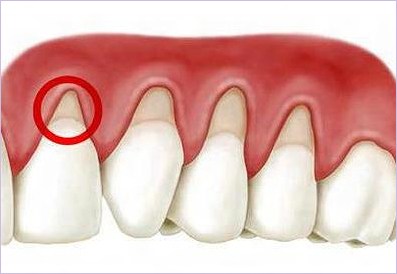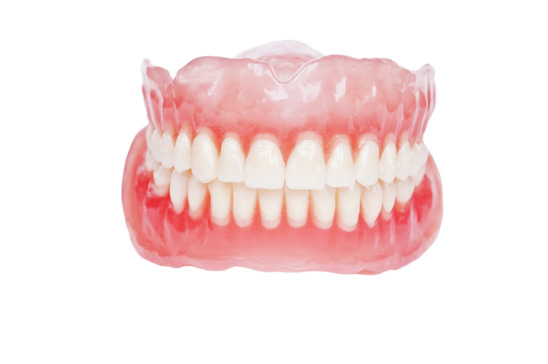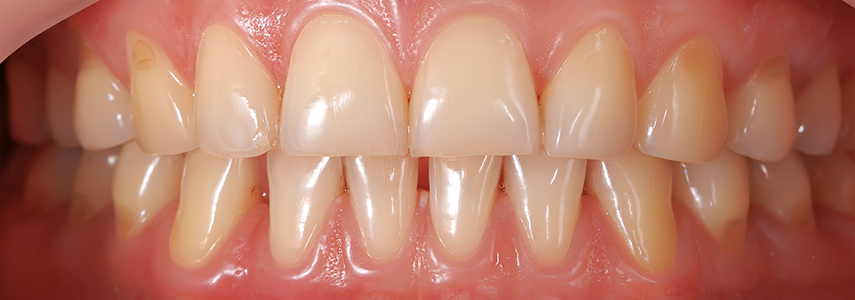The gingival phenotype is one of the determining factors, together with the quality of oral hygiene, for the incidence of periodontal disease on patients.
What is the gingival phenotype?
The gingival phenotype refers to the anatomical specificities of the individual patient’s gums. To define the phenotype, the following anatomical parameters are taken into consideration:
- gingival thickness;
- width of the keratinized tissue.
Phenotype parameters may vary over time depending on environmental factors and clinical intervention. The phenotype not only varies from individual to individual, but can often vary in different areas of the oral cavity in the same subject.
The gingival phenotype does not seem to be influenced by age or sex, however some studies have shown a higher prevalence of thin phenotype in the female gender than in the male one.

The types of gingival phenotype
Three types of phenotype have been classified:
- thin phenotype characterized by thin gingiva and thin alveolar bone;
- thick, flat phenotype characterized by thick, fibrous gingiva and thick alveolar bone;
- thick and scalloped phenotype characterized by a fibrotic and poorly keratinized gingiva and thin teeth.
The type of phenotype affects gingival recessions and the health of the periodontium.
Patients with a thin phenotype are more likely to develop gum recession, inflammation, or periodontitis than those with a thick phenotype.
The type of phenotype is a parameter to be taken into consideration before a dental treatment and in particular before an orthodontic treatment or the insertion of dental prostheses.
The periodontal phenotype

In 2017, in an international seminar dedicated to periodontal disease, the scientific community decided to adopt the term periodontal phenotype.
It is therefore a recently introduced clinical concept and takes into account the following parameters:
- gingival phenotype;
- bone morphology, i.e. the thickness of the buccal cortex;
- size of the dental elements.
In a study published in the Journal of Periodontology of March 2020 it is highlighted that the possibility of clinically intervening on the type of gingival phenotype, bringing it from thin to thick, could prevent, in some subjects, the probability of contracting periodontitis.
At the same time, however, there are still no effective periodontal treatments capable of converting the phenotype from thin to thick.
The type of periodontal phenotype can however direct the dentist towards a more personalized therapy.
















